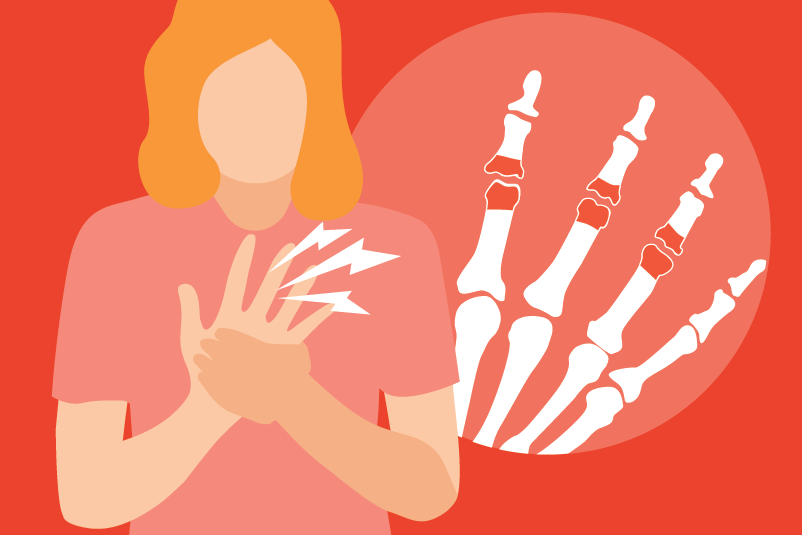#262 Who let the Gout Out? Targeting Uric Acid Levels in Treating Gout

Reading Tools for Practice Article can earn you MainPro+ Credits
Join NowAlready a CFPCLearn Member? Log in
- Mean daily allopurinol dose: 390 mg intervention, 290 mg control.
- ≥ 1 gout flare: 54% intervention, 59% control: not statically different.
- Intervention group achieved serum urate <360 μmol/L more often: 69% versus 32%.
- Tophi resolution, functional status, pain: no difference.
- No difference in serious adverse events, rash, or gastrointestinal complaints.
- 10 RCTs (6100 patients) of urate lowering therapies reported no relationship between patients achieving serum urate <360 μmol/L and gout flare risk.2
- Cohort studies of urate lowering therapies found an association between fewer gout flares and:
- An increased length of time a patient is on urate lowering therapies.
- Serum urate levels <360 μmol/L.
- Most guidelines3 recommend a “treat to target” strategy for serum urate levels, while a recent guideline4 concludes insufficient evidence to recommend “treat to target.”
- Compared to allopurinol, febuxostat increases:
- The proportion of gout flares (at up to one year):5 44% febuxostat versus 38% allopurinol; number needed to harm (NNH)=19.
- Cardiovascular death:6 4.3% versus 3.2% allopurinol, NNH=91.
- All-cause mortality:6 7.8% versus 6.4% allopurinol, NNH=72.
- Health Canada warns against febuxostat use in patients with cardiovascular disease.7
- Starting allopurinol and colchicine concurrently during a gout flare does not prolong or worsen flare.8















lowering uric acid to target not necessary
weight reduction